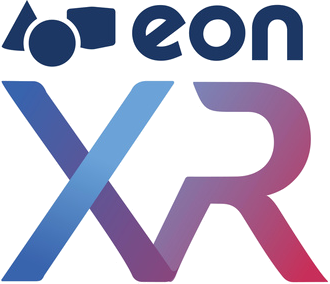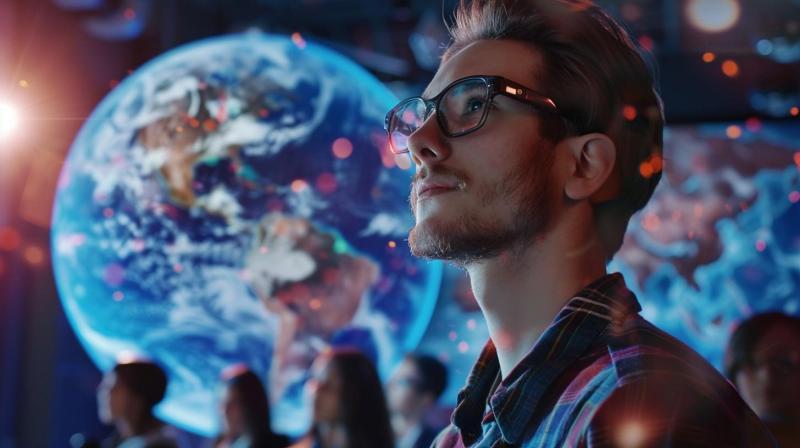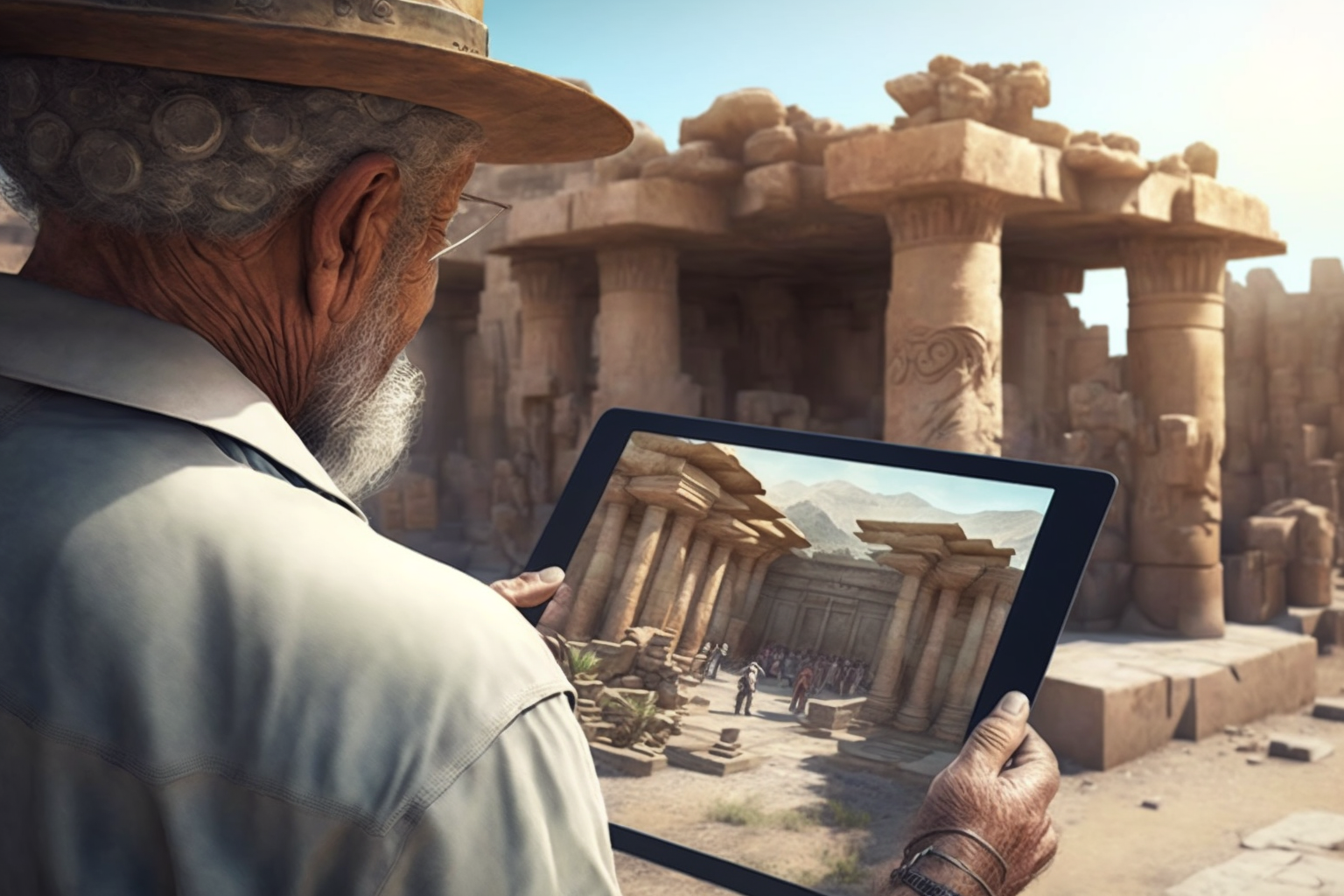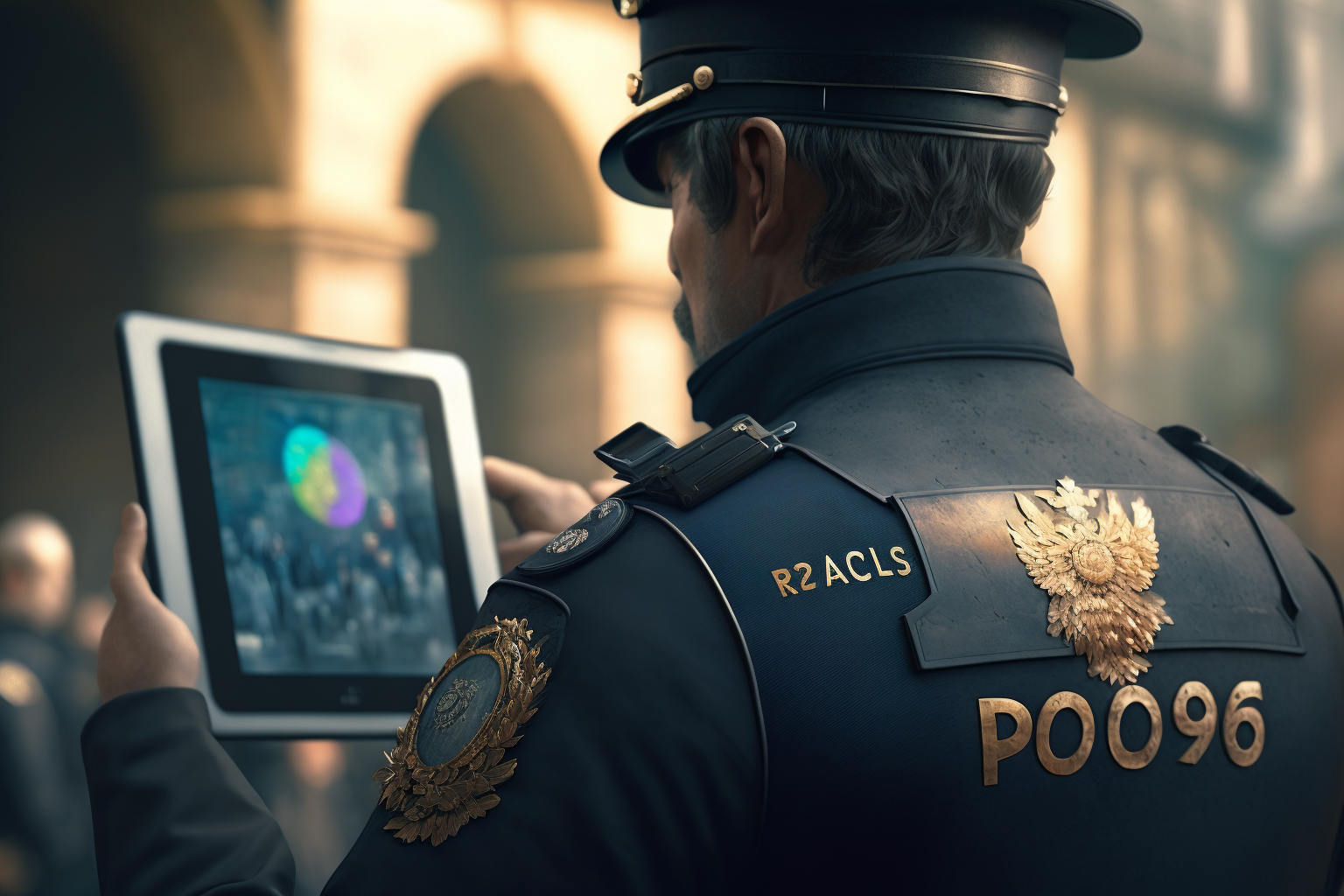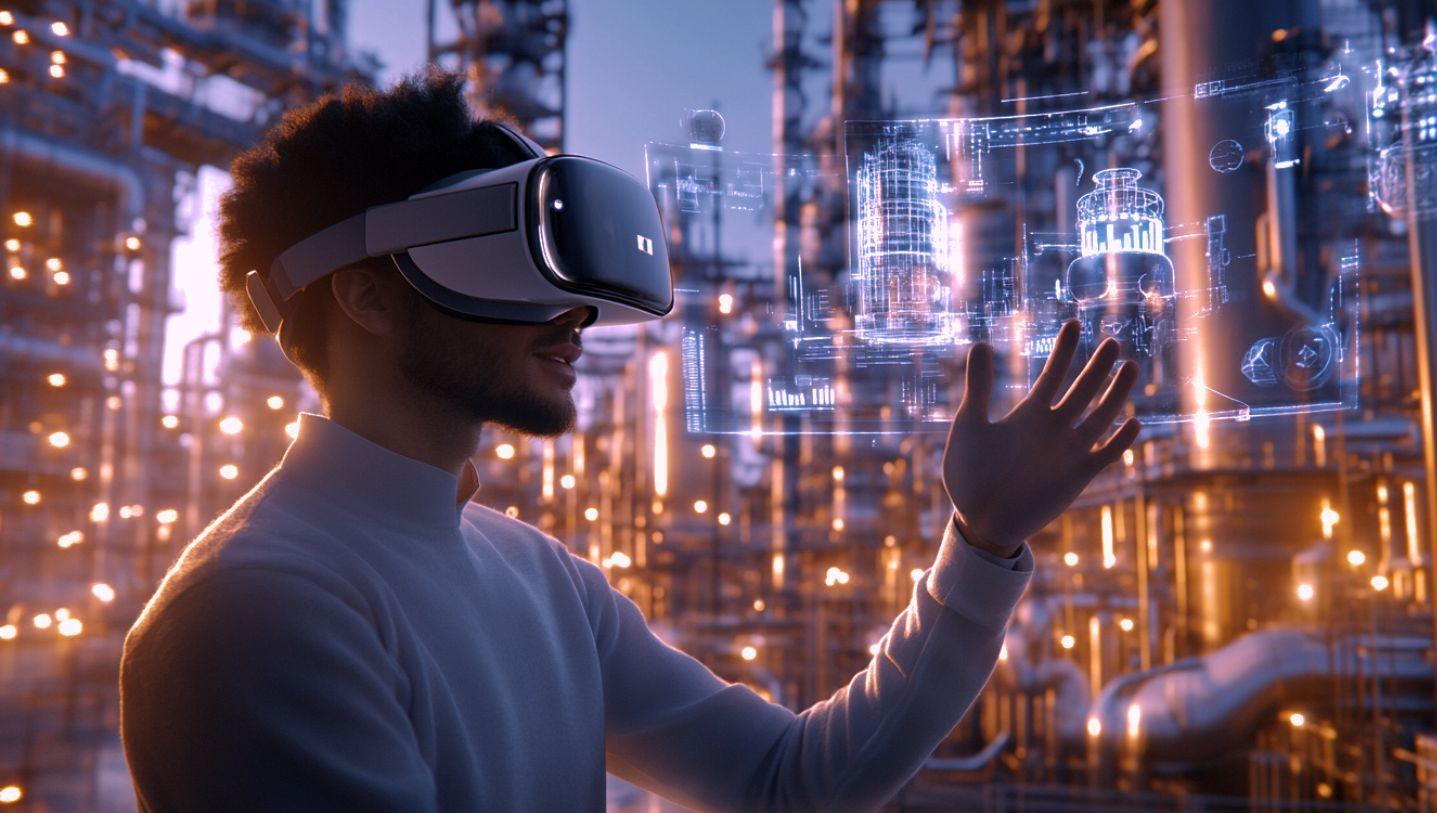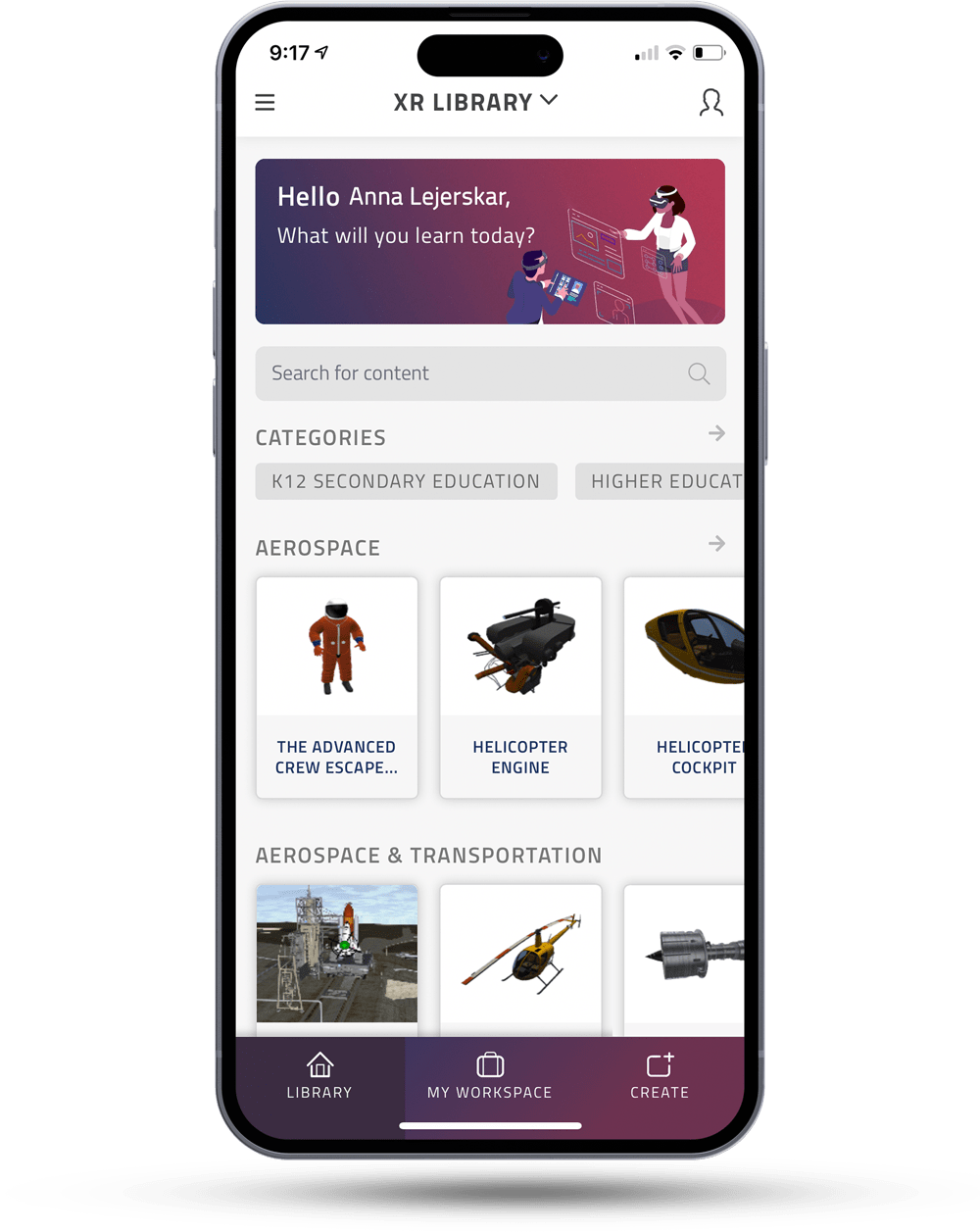Worldwide, there is a heavy focus across the manufacturing sector on digital transformation, industry 4.0 and stronger performance. While this sometimes gets framed as digital channels replacing the human touch, the key discussion points should be around the interface used to interact with machines, and how this enables data-driven decisions which provide a smarter, optimized services. As automation increases across the supply chain, technology like VR and AR ensures that process and production can still be analyzed, serviced and optimized in real-time by human intelligence.
AR Assist for Manufacturing – a business case example
Imagine being on an aluminium factory line. You are a junior operative and it is your first time in a sheet rolling mill to detect and surface issues. In the land of continuous process manufacturing, one wrong move can create a domino-effect of expensive and highly injurious occupational and operational consequences.
As such, your knowledge has equipped you enough to see that the last throughput is showing defects across all the metal surfaces. As always, you make the right decision in highlighting tiny temperature and pressure inconsistencies – a good 20 minutes before the defects could appear. You let the plant manager know and make the correct call on gauge adjustments. Thanks to Augmented Reality, you can conduct this best practice in real time, taking and processing data on the spot – saving your boss time and money.
Why is this important?
While it is largely down to human wisdom to spot manufacturing errors like these, the observation is ‘post-process’, i.e. the mistake and the materials cost is written off first. In AR, ‘man-machine collaboration’ allows these kinds of relatively simple optimizations to take place, and prevent parting with lost materials and lost money. AR provides constantly-connected ways of optimizing productivity and helping to prevent costly mistakes with live and preventative data fed into a person’s field of vision.
VR Health and Safety Training for Manufacturing
Virtual Reality and the digital twin are two growing, related concepts in a variety of industries. The two have never been more relevant in manufacturing than they are now. Traditionally, these are used as parallel systems, where a digital twin system can be used for testing, maintenance observations and operations optimization. If the digital twin yields good results, they can be applied in real-time directly to the ‘real-world’ system. Virtual Reality is also being used for training, as an interface that provides true-to-life scenarios that encourage experiential learning for faster knowledge transfer.
At EON Reality, we have a ‘tripartite’, definitive use for VR and AR called ‘Learn (AR and VR), Train (VR), Perform (AR)’. We bring these technologies together in the EON-XR (Augmented Virtual Reality) Platform.
Discover EON-XR
Just like the metal-rolling analogy used above, there are thousands of parallel scenarios which take place in almost every sector, in a huge variety of training environments. By putting all of these scenarios into an online EON-XR platform, every practitioner and trainee ends up safe, upskilled, and with easy access to revision training and compliance at any time – while also bringing these learnings for the best performance in the workplace.
This is where AR and industry 4.0 meet – for manufacturing, it’s about combining efficiencies in process across the supply chain, primed to deliver results and savings from remote computing assistance to create savings and sustainability.
SCHEDULE A DEMO WITH US
This blog post is a recap of our appearance at the International Business Festival 2018. Click here for the original events listing.



